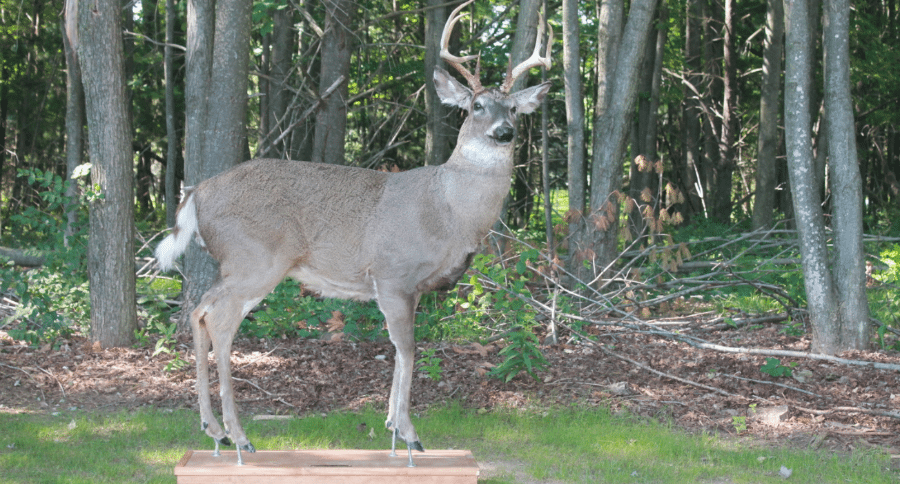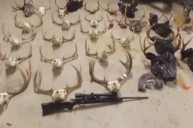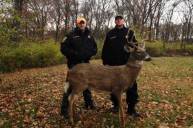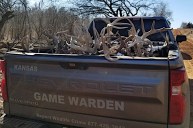Wildlife law enforcement agencies have another trick up their sleeves to help catch poachers: robots. Lifelike movements lure in illegal shooters for wildlife officers to bust.
Poachers and illegal shooters are on notice. Wildlife agencies across the country are employing robotic animals to catch the bad guys.
Robotic deer and other critters have been around for a long time, but their use was fairly limited. Nowadays, wildlife enforcement agencies are using them in states all over the country.
They aren't only employing robotic deer, but also bears, elk, foxes, pheasants and grouse.
The animatronic animals are taxidermied creatures covered with real fur, but are equipped with interior machinations that allow subtle movements like head turning, tail flicking, leg movements and so on. The movements are remote-controlled by officers who wait for the bad guys to do their thing.
Washington Department of Fish and Wildlife, for example, employs robotic deer decoys to catch people shooting after legal hunting hours.
"We put the decoys on forest roads, anywhere people hunt," WDFW Sgt. Shawnn Vincent indicated.
There are two companies in Wisconsin that make and sell robotic animals, Custom Robotic Wildlife and Robotic Decoys. Custom Robotic Decoys has been assisting wildlife agencies for more than 25 years, and both companies have sold animatronic animals all over the country and even worldwide.
Custom Robotic Wildlife offers this testimonial from Maine Wildlife officer Dan Tourtellotte: "By using Custom Robotic Wildlife's decoys we are able to put the officer, the violator and the resource in the same place at the same time. That is the perfect situation for making an apprehension."
The robotic animals don't come cheap, however. Robotic Decoys' robo-critters range from around $700 for a fox to $4800 for a moose.
But apparently the price is worth it.
"Poaching and people going out and taking these illegally, it's taking away from the youth, the kids, everyone else," Vincent said. "This is just one way of combating that."
Like what you see here? You can read more great articles by David Smith at his Facebook page, Stumpjack Outdoors.
NEXT: JIM SHOCKEY TALKS WITH WIDE OPEN SPACES - PART I
https://rumble.com/embed/u7gve.v3tp7h/




